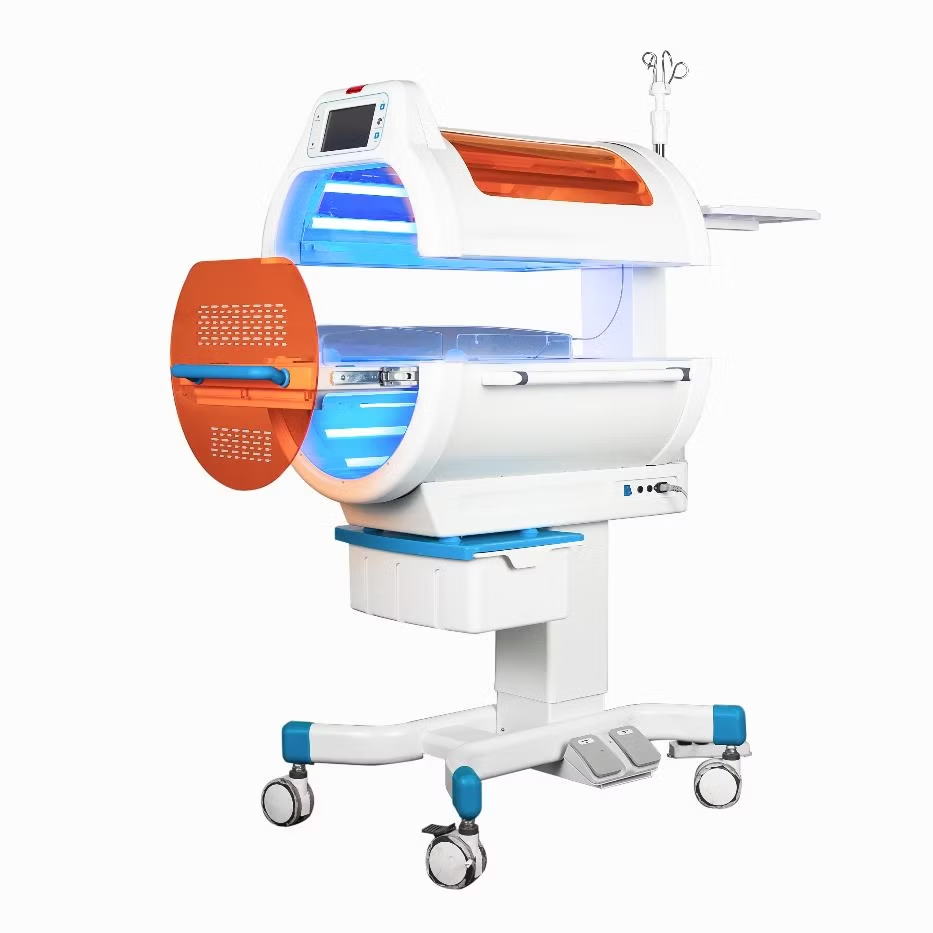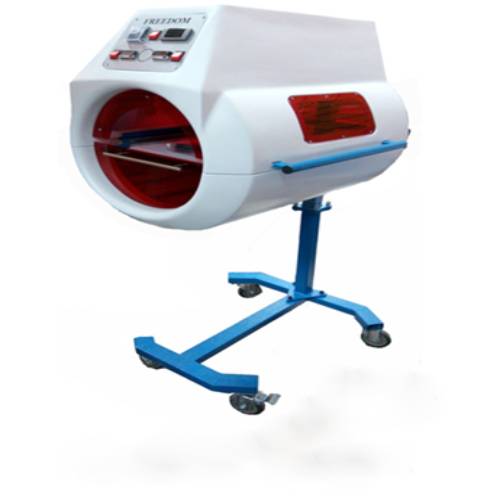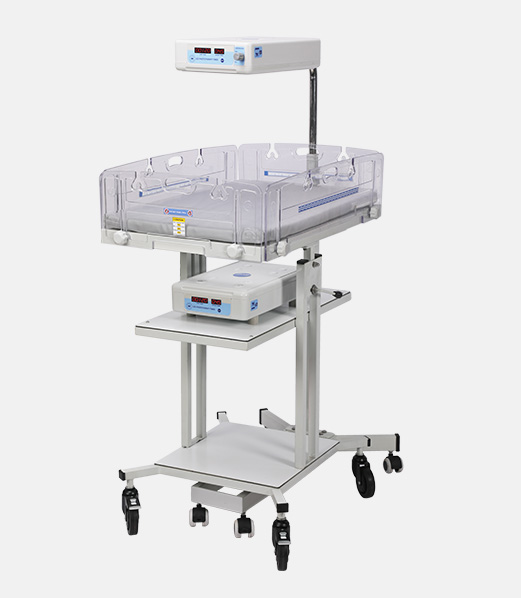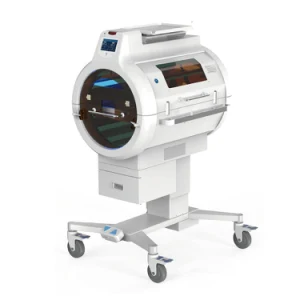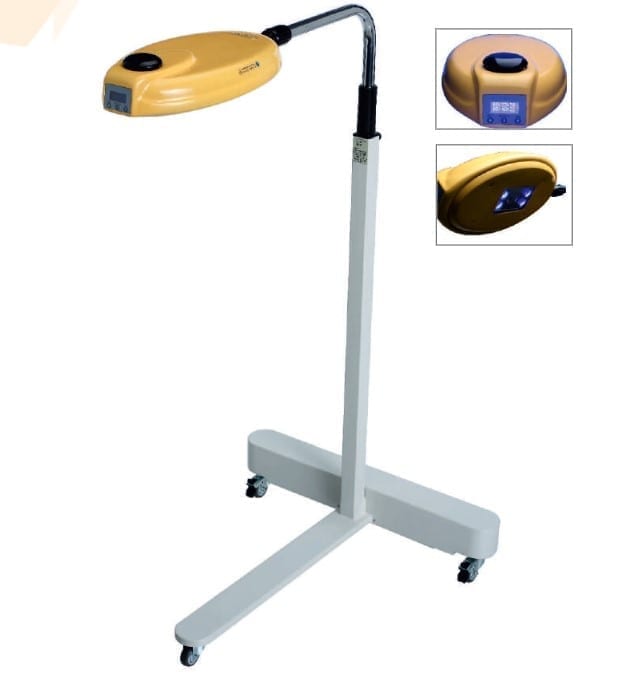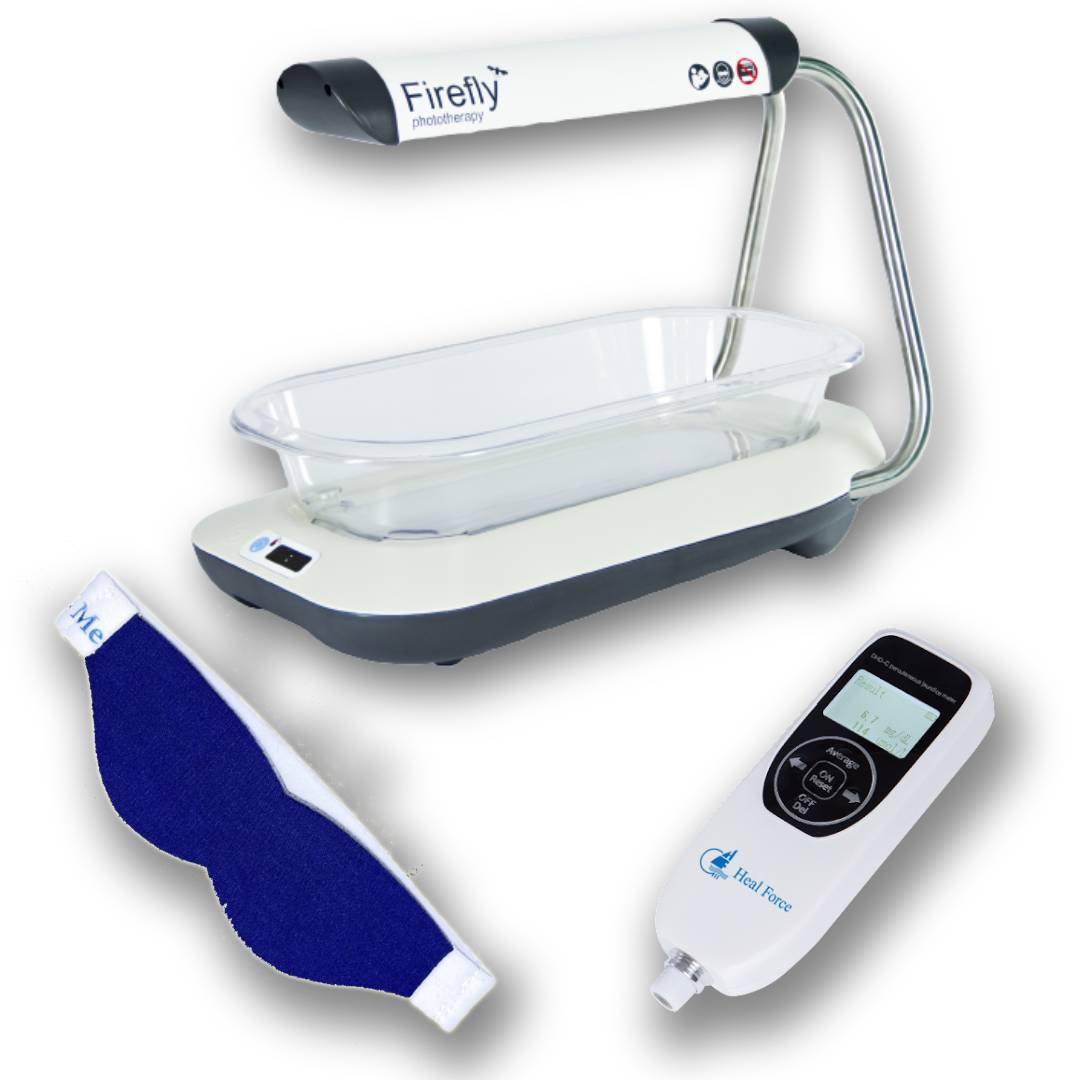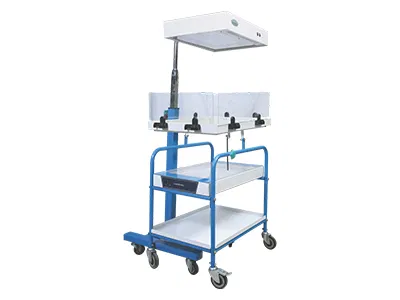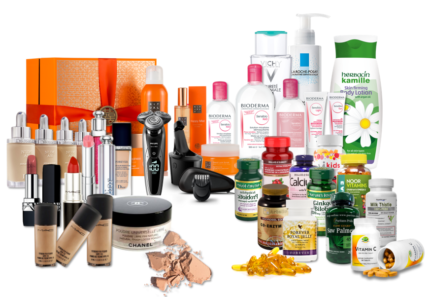Description
Phototherapy units are specialized devices used widely in the treatment of various skin conditions, most notably psoriasis, eczema, and jaundice in newborns. These units utilize specific wavelengths of light to target affected areas on the skin or to facilitate the healing process. Phototherapy can be administered through broad-spectrum ultraviolet (UV) light, narrowband UVB, or PUVA (psoralen combined with UVA), each method catering to particular dermatological needs. The adjustable settings of phototherapy units allow healthcare professionals to customize treatments based on the severity of the condition and the patient’s skin type, ensuring an effective approach tailored to individual requirements.
In the case of neonatal jaundice, phototherapy units play a crucial role in reducing bilirubin levels in infants. The blue light emitted by these devices helps break down excess bilirubin in the baby’s bloodstream, minimizing the risk of potential complications associated with high bilirubin levels. These units are designed to be safe and comfortable for the sensitive skin of newborns, often featuring protective eye coverings and adjustable positioning to maximize exposure while minimizing discomfort.
Additionally, the accessibility and ease of use of phototherapy units have made them an essential component of outpatient dermatological care. Many units are now designed for home use, allowing patients to continue their treatment regimens in a comfortable environment under the guidance of healthcare providers. As advancements in technology continue to evolve, the efficacy and safety of phototherapy units are likely to improve, further solidifying their place in both clinical and home treatment settings for various skin ailments.

